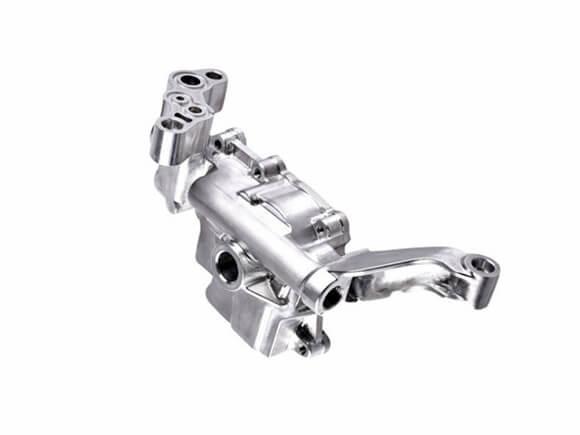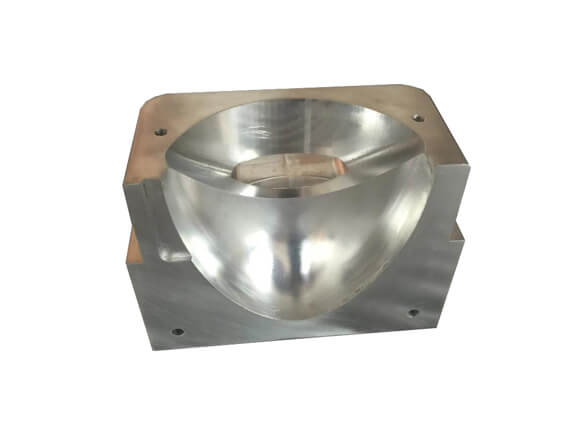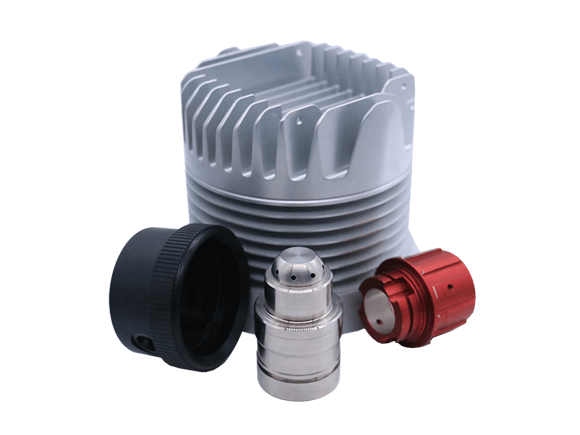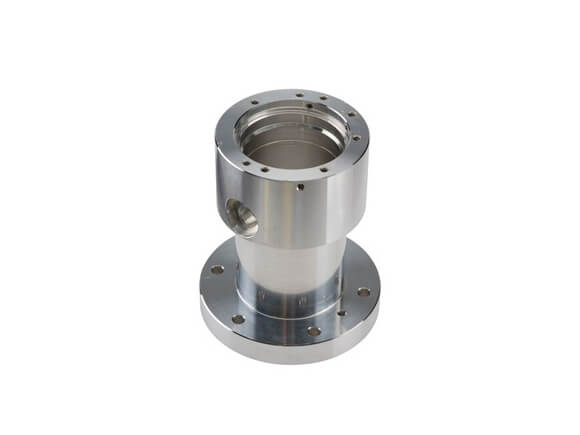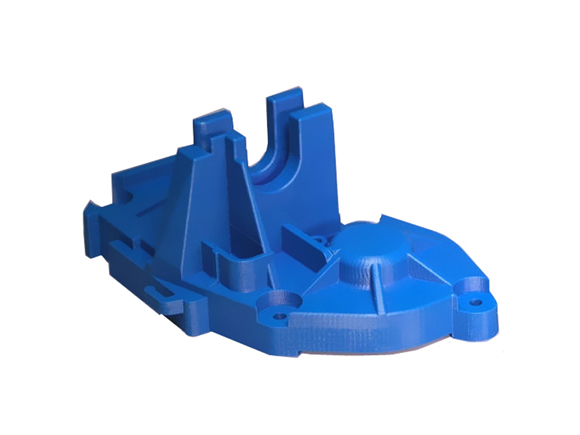Rapid Prototyping
With the aid of computer-aided design or solid reverse method to obtain the prototype or part geometry and structure, and use this to build a digital model, and then use the computer-controlled mechanical and electrical integrated manufacturing system, the material is "three-dimensionally stacked" formed point by point and side by side. After necessary processing, it can meet the design requirements in terms of appearance, strength and performance, and achieve a rapid and accurate method of manufacturing prototypes or actual parts. Depending on the complexity of the part, this process typically takes 1 to 7 days.
Various rapid prototyping technologies entering the application field use different molding mechanisms, but their processing and manufacturing processes are similar, including the following three steps:
1. Produce CAD design models. First, a computer aided design (CAD) software package was used to generate a three-dimensional solid model of the part. Currently commonly used solid modeling software includes: Pro / E, UG-Ⅱ, Power Shape, etc. It is also possible to obtain the three-dimensional description information of the part through reverse engineering.
2. Convert the 3D CAD design model into STL (STL is the RP technology industry standard) format. In the conversion process, factors such as processing accuracy, processing workload and file capacity must be considered comprehensively.
3. Use the pre-processing software to convert the STL model into a processing file, that is, cut the STL model into 0.01 ~ 0.7mm thin layers according to different manufacturing processes. In this process, the coordinates and processing direction of the workpiece to be processed should be selected according to the performance requirements and the principle of minimizing the processing time, while taking into account the support during the processing of the workpiece.


